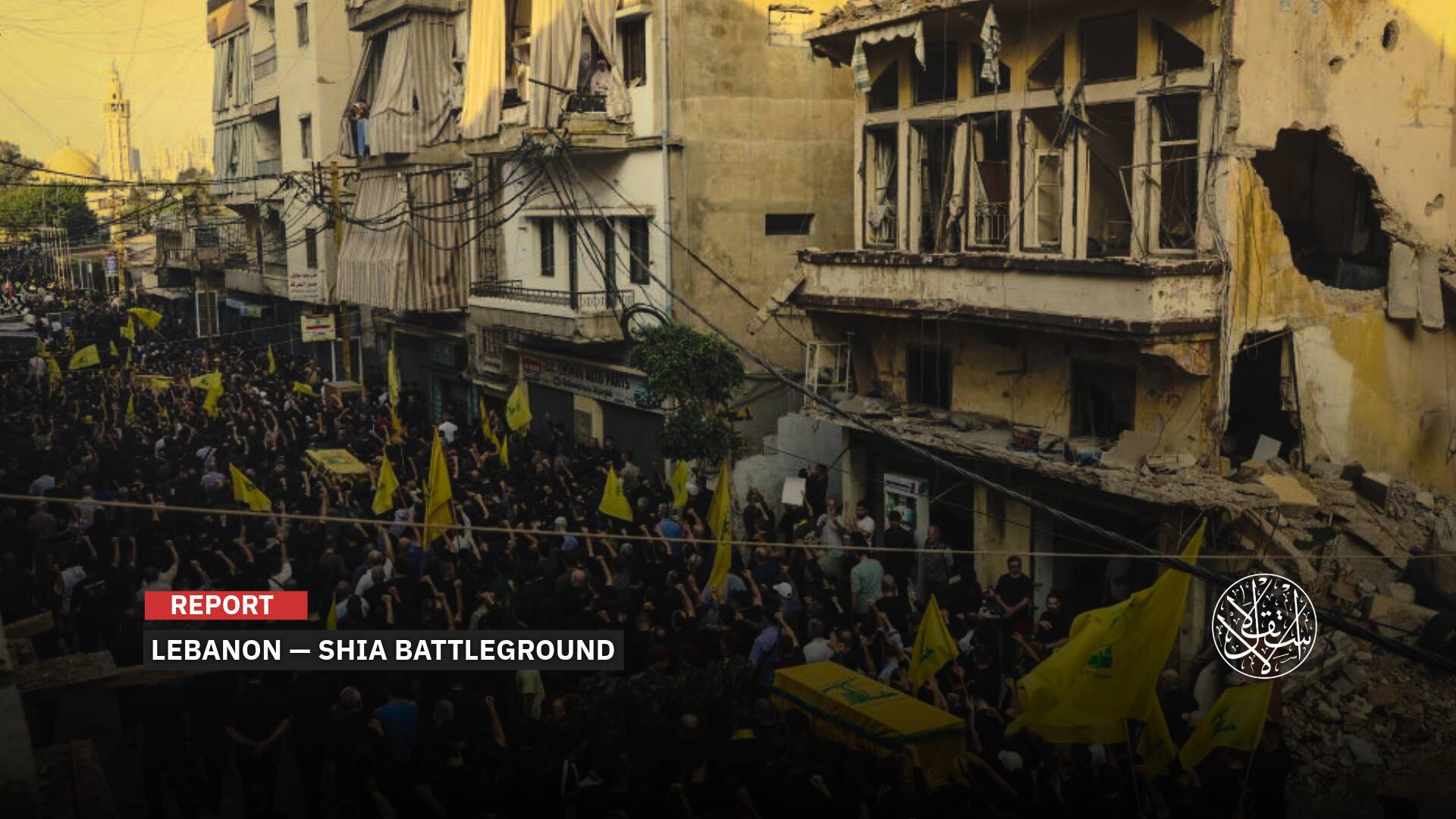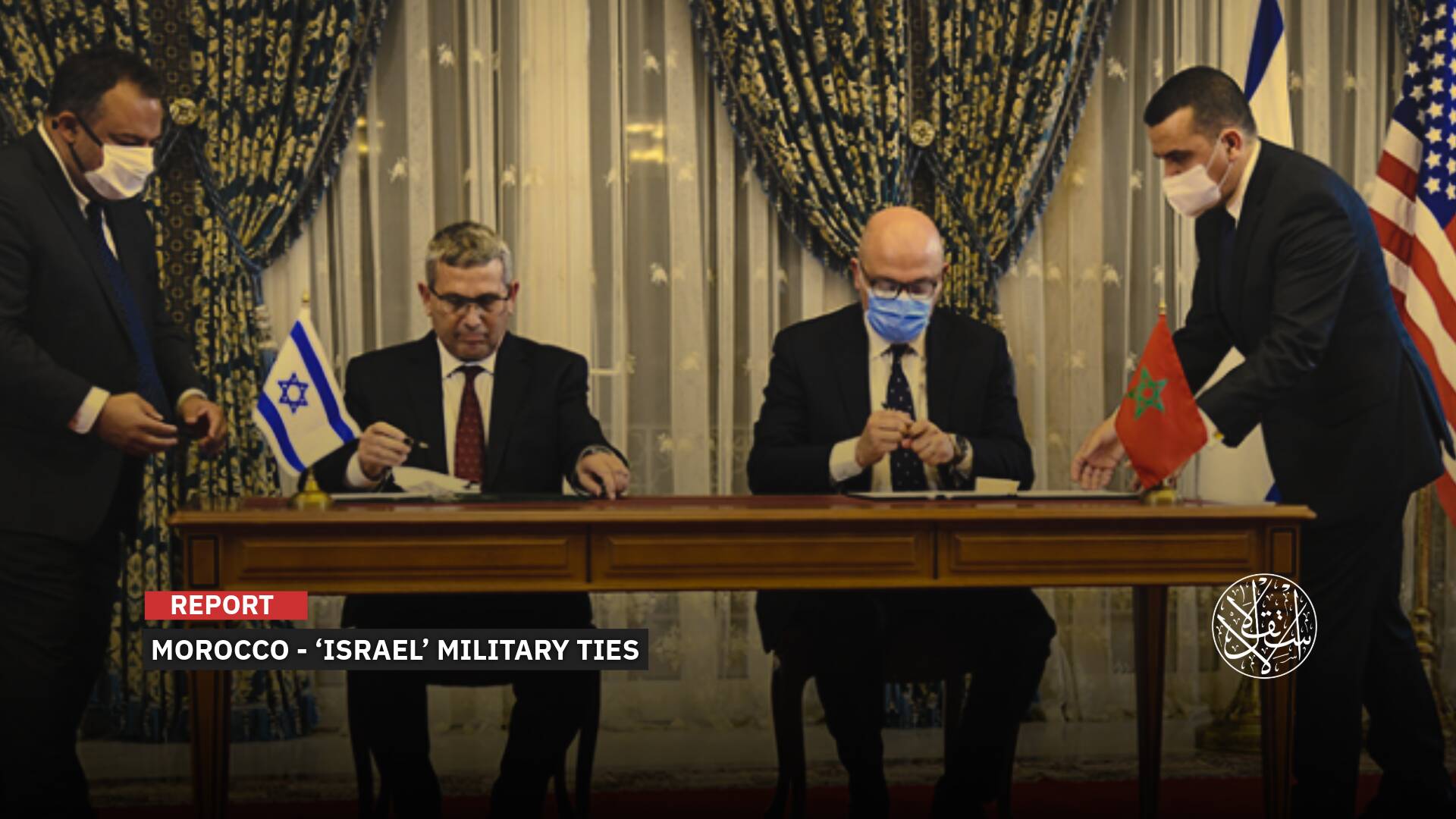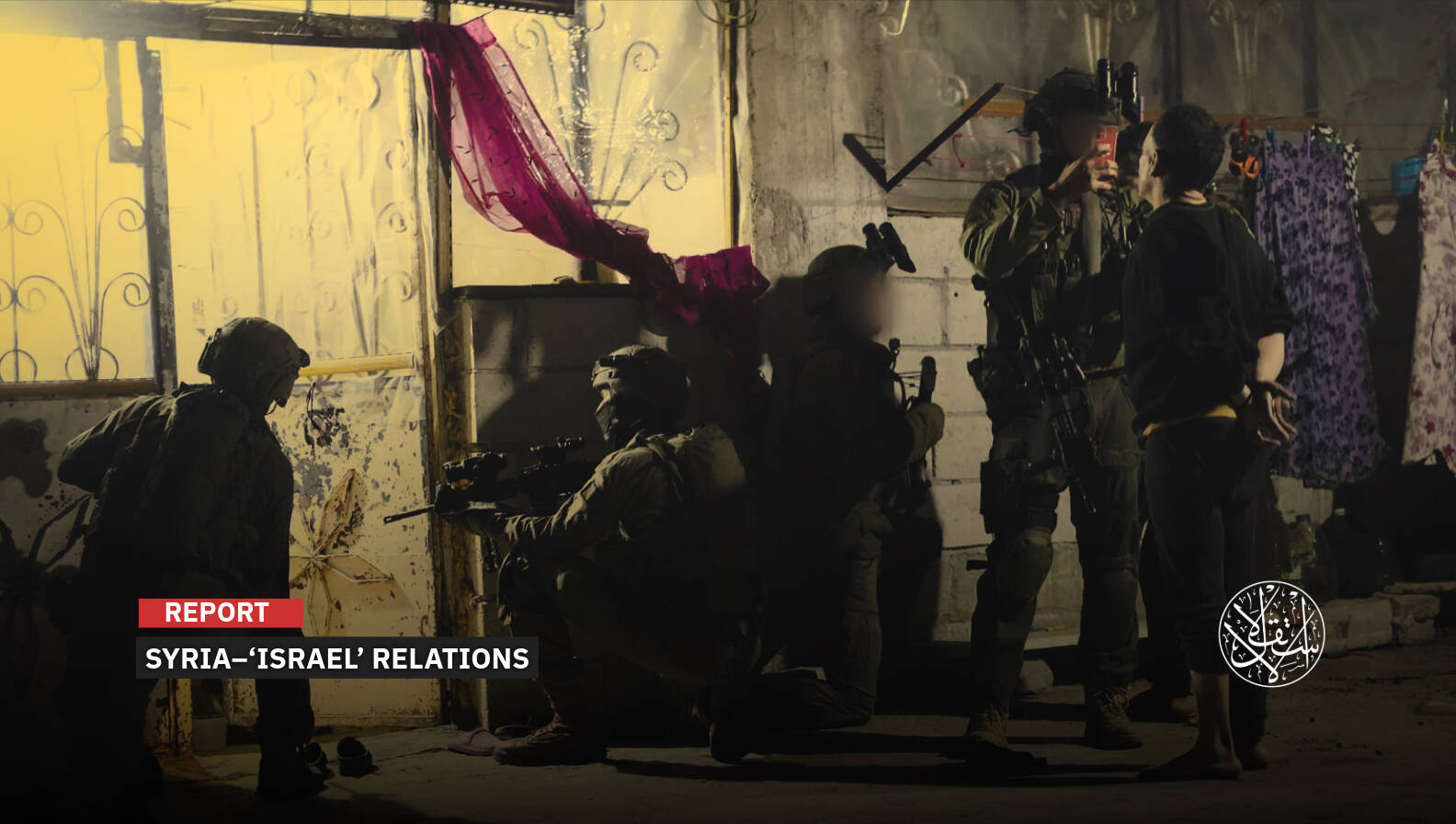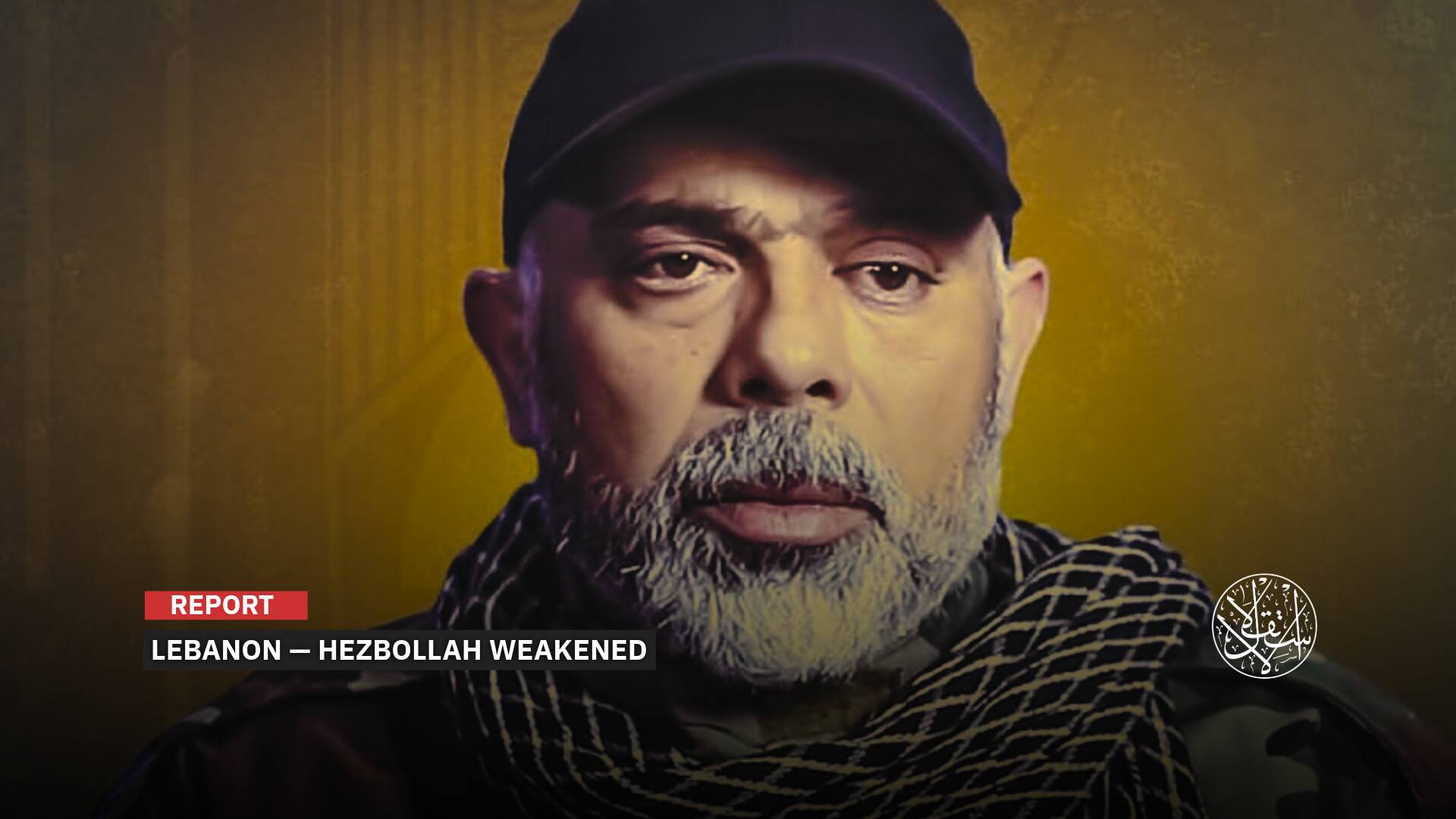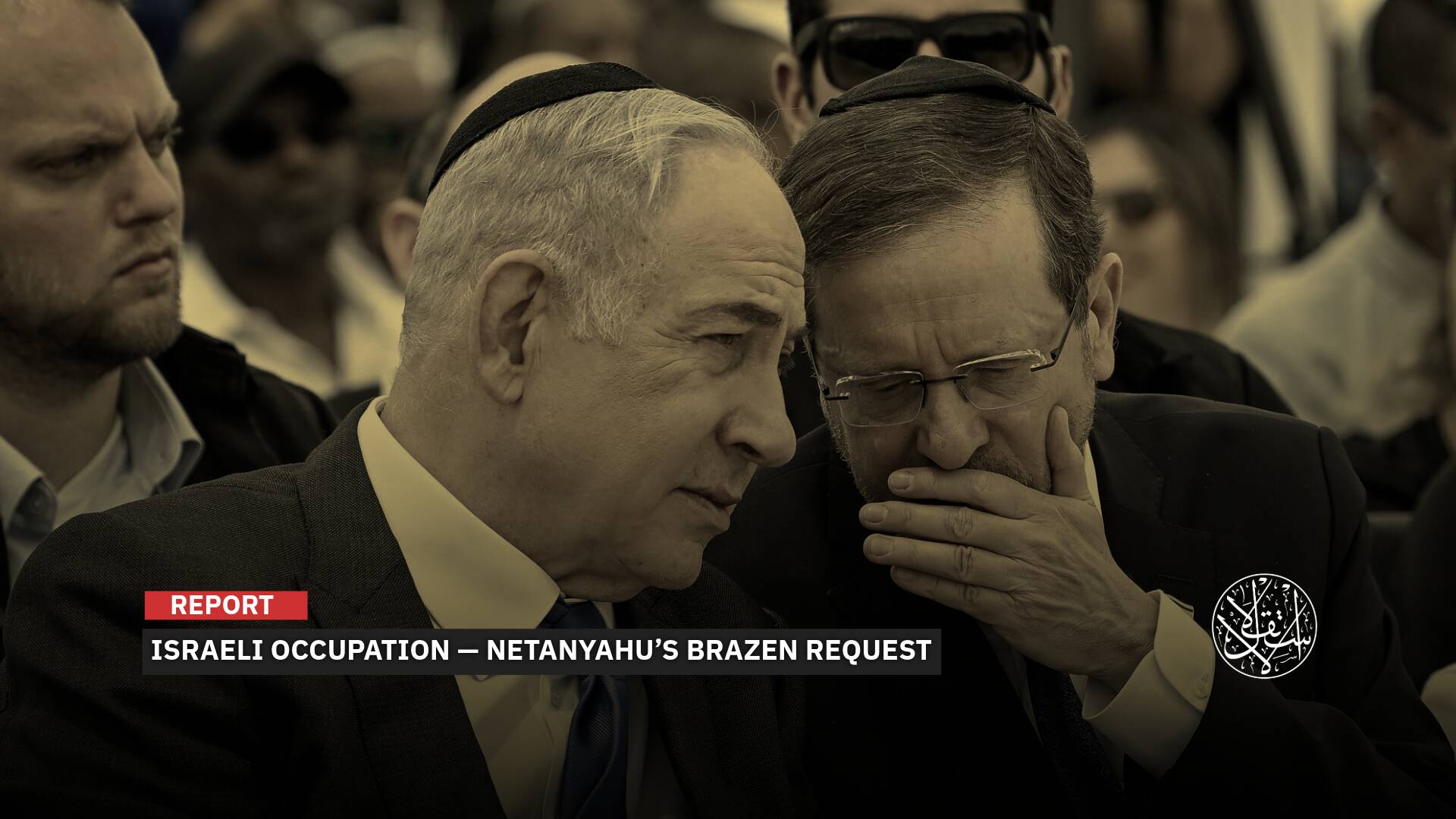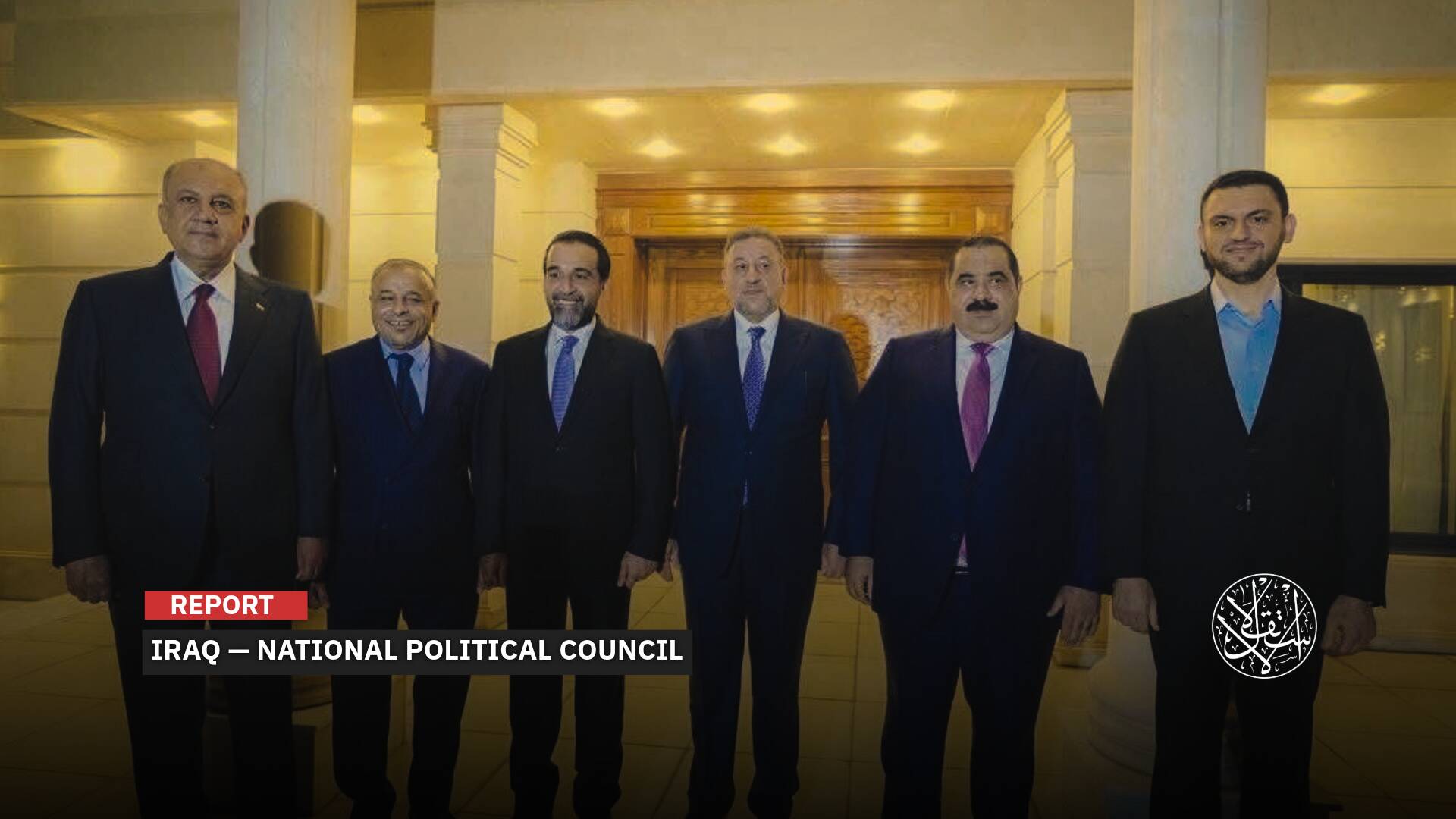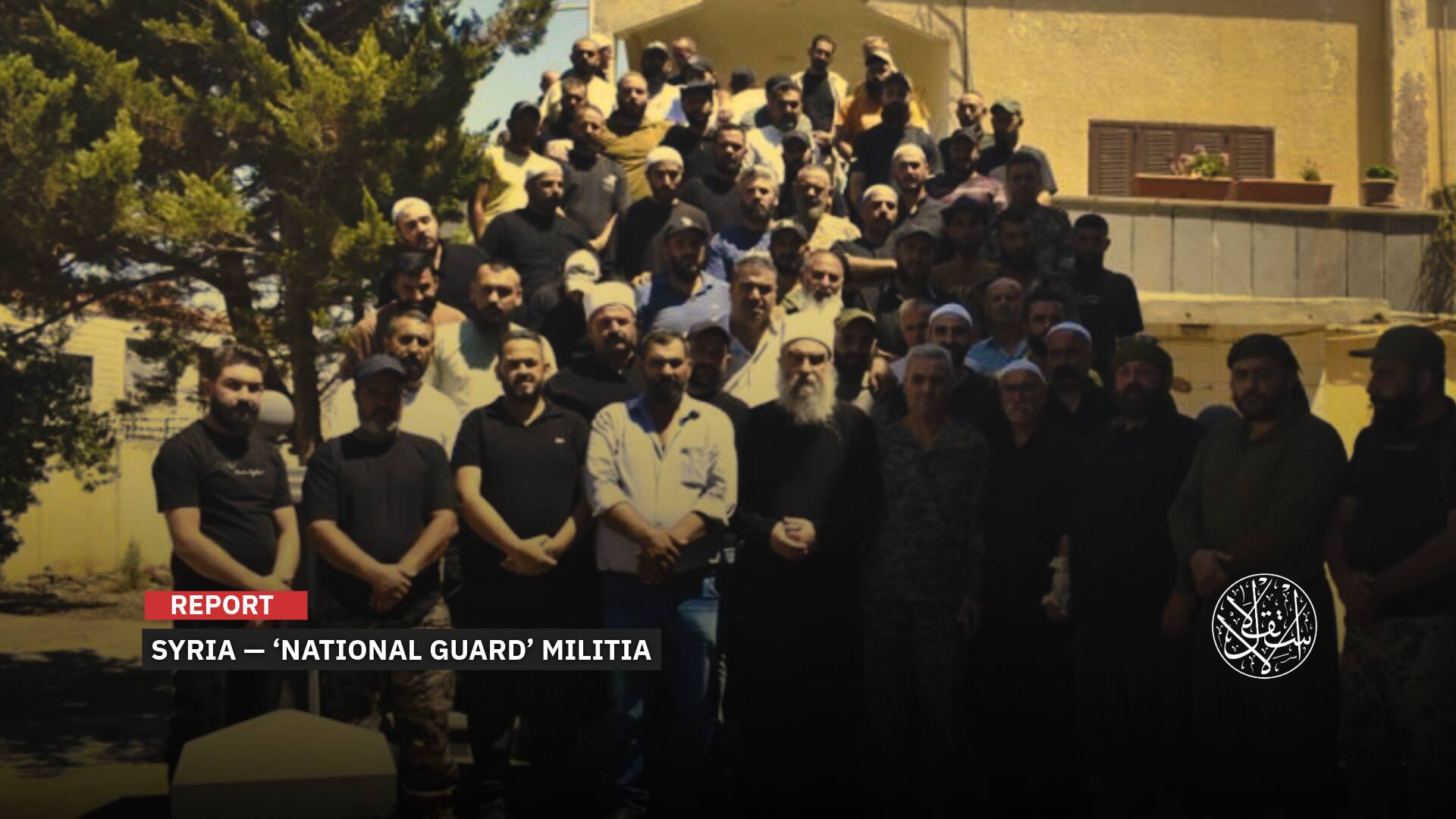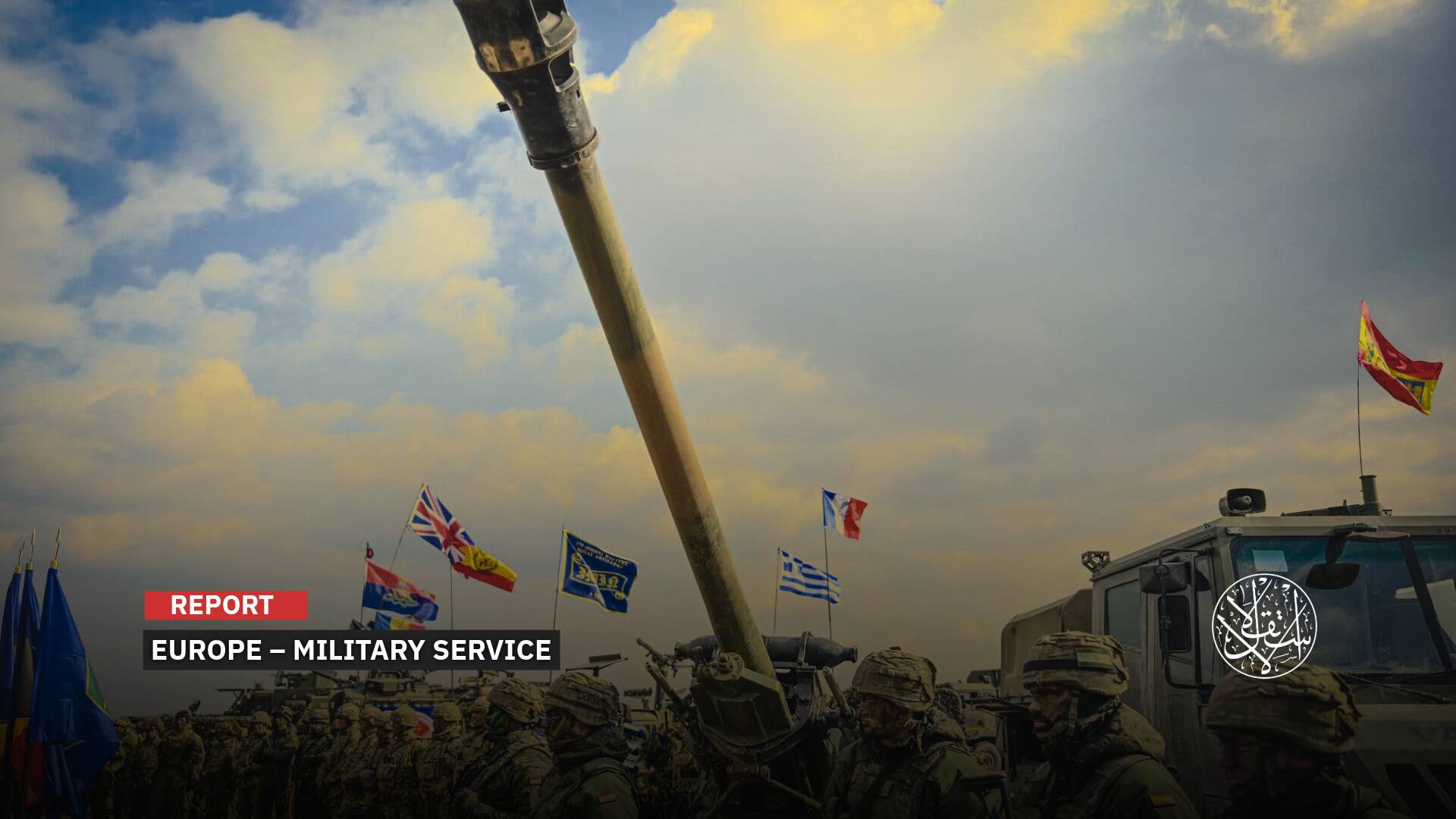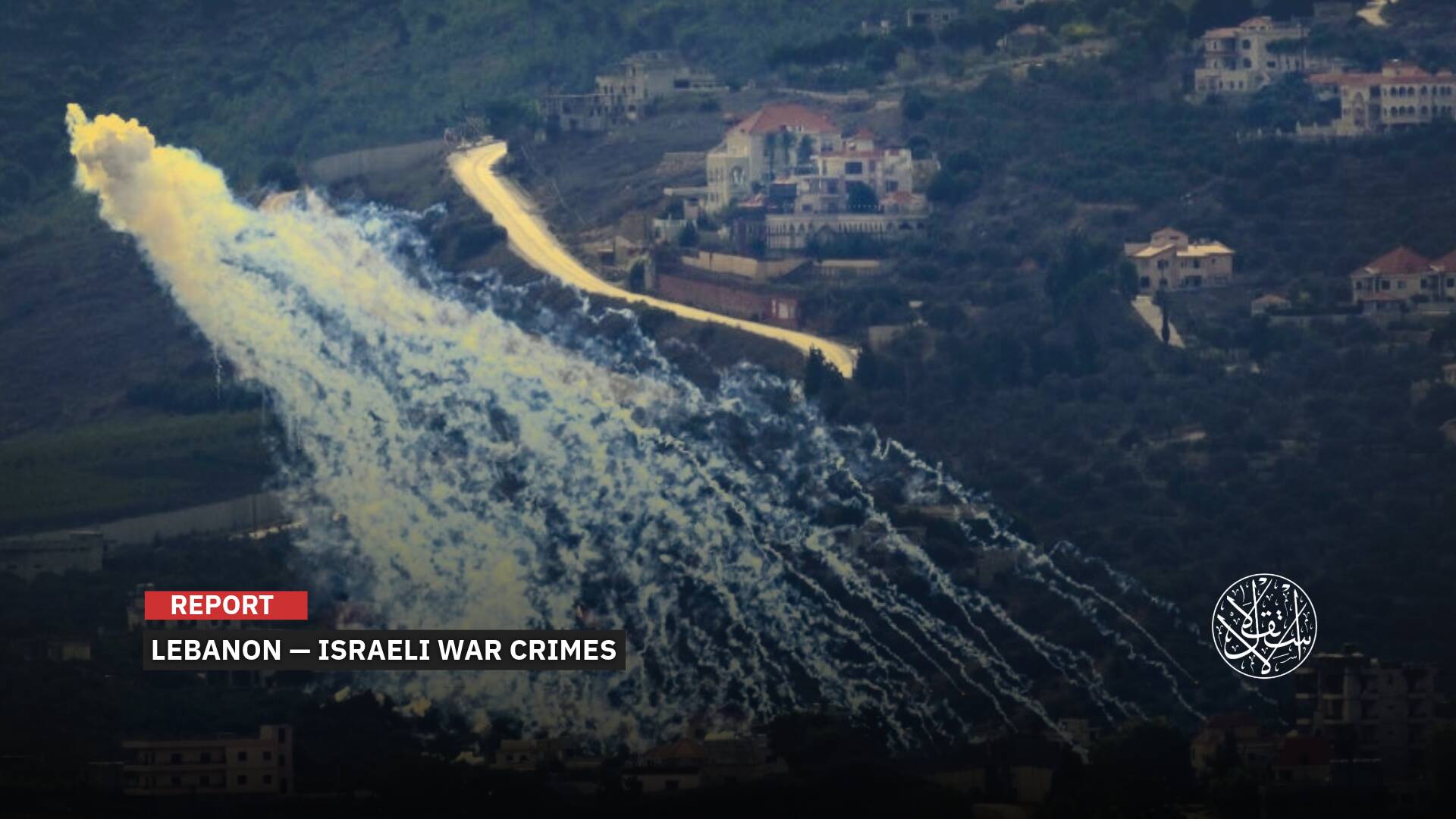Ahmadinejad Survives Another Assassination Attempt: What’s the Link to Trump?

Disseminating such information serves malicious political and security purposes.
The timing of the alleged failed attempt to assassinate former Iranian President Mahmoud Ahmadinejad, following his implicit condemnation of the attack on former U.S. President Donald Trump, raises pressing questions about the incident's authenticity, especially given Ahmadinejad's exclusion from the recent presidential race in Iran by the Velayat-e Faqih regime (the absolute authority).
Although the attempt is not confirmed, indicators suggest it could have occurred. Ahmadinejad is the only Iranian politician who condemned the assassination attempt on Trump.
“Acts of terror and terrorism, both state and non-state, are among the most heinous anti-human actions, the depth of whose evil, words cannot fully express. Humanity is suffering such severe pains all over the world,” he posted on X.
On July 14, 2024, Ahmadinejad added that humanity is suffering severe pain worldwide. Terrorism is terrorism.
Assassination Attempt
Based on an exclusive report by Iran International, Ahmadinejad and his entourage were on route to Zanjan on the afternoon of July 15 to attend a religious ceremony. Before setting off, the head of the security team inspected a recently repaired Land Cruiser intended for Ahmadinejad. Noticing that the air conditioner was not properly fixed, he suggested that Ahmadinejad switch to another Land Cruiser.
A report by Mehr-e-Farda, shared on the media's X account, indicated that despite initial plans for Ahmadinejad to travel in the repaired Land Cruiser, the head of security ultimately decided he should use a different vehicle. Some security team members took the targeted Land Cruiser instead.
According to a channel linked to Ahmadinejad’s office, the security team discovered midway through the journey that the steering and brakes of the Land Cruiser were malfunctioning. The vehicle collided with other cars and eventually came to a stop on the side of the highway.
In response, on July 24, the media director of Ahmadinejad's office denied the reports of the failed assassination attempt. He told Baghdad Today news agency, "The claims circulating in opposition Iranian media broadcasting from abroad about an assassination attempt on Ahmadinejad in Iran are false and baseless."
When asked why Ahmadinejad had not issued a statement denying the news, the director said, “Publishing such information serves malicious political and security purposes and aims to tarnish Iran's security image. These are deceitful media outlets like 'Iran International' and 'BBC Persian,' among others.”

Previous Attempts
This is not the first time media reports have mentioned assassination attempts on Ahmadinejad. Around four such attempts have been highlighted from 2007 to 2024.
Previously, on March 1, 2021, domestic media reported that Ahmadinejad had responded to a question by saying: "The discussion of my assassination is serious. They will kill me, hold mourning ceremonies, and then accuse others. I have recorded the information I know and placed it in several secure locations."
On August 4, 2010, conflicting reports emerged about an assassination attempt on Ahmadinejad during a visit to Hamedan in southwestern Iran. A source from the president’s office mentioned that Ahmadinejad survived an attack with a homemade bomb aimed at his convoy while traveling from the city's airport to deliver a speech at a sports arena.
The source confirmed to Reuters that the president was unharmed, but others were injured in the explosion, and one person was arrested. The investigation continued to identify those responsible for the attack.
Later that day, a well-informed source in the Iranian presidency denied to Iranian Press TV any assassination attempt on Ahmadinejad. The official Iranian news agency IRNA reported that a young man from Hamedan set off a firecracker among the large crowds welcoming the president to express his joy.
The agency stated that this act did not disrupt the public reception ceremony for the president and his entourage, but foreign media attempted to exploit the incident for their purposes.
On May 25, 2011, Asr Iran newspaper revealed that Ahmadinejad was targeted during a visit to Iraq in 2008. The paper alleged that a former Iraqi parliament member was involved in planning the attack on Ahmadinejad, orchestrating a mortar attack on Baghdad's Green Zone during his visit.
Asr Iran claimed that Sunni parliamentarian Mohammed al-Dainy, whose parliamentary immunity was revoked in 2009, faced legal actions after being implicated in the plot. Al-Dainy was accused of involvement in a 2007 bombing in the Iraqi parliament building, which killed eight people, including Sunni MP Mohammed Awad. An in-absentia death sentence was issued against him after he fled Iraq, accusing former Prime Minister Nouri al-Maliki of fabricating the charges.
In 2015, al-Dainy surrendered to Iraqi authorities and was released a year later after the charges were dropped and he was acquitted of the 2007 parliament bombing.

Continued Exclusion
Ahmadinejad has attempted multiple times to return to the presidency by running for elections, but he has been consistently excluded from the race. The latest instance was when the Guardian Council rejected his candidacy for the June 2024 elections, leading him to withhold support from any candidates, including those from his fundamentalist faction.
Ahmadinejad previously ran for the presidency in 2017 and 2021, facing opposition from Supreme Leader Ali Khamenei, who opposed his return to the political scene. He was also excluded by the Expediency Discernment Council, the highest authority for approving candidates.
Ahmadinejad served as Iran's president for two consecutive terms from 2005 to 2013. Shortly after his first election, he became known as a staunch opponent of U.S. and Israeli policies. However, he strengthened ties between Iran and Russia, Venezuela, Syria, and the Gulf Arab states.
During his presidency, Ahmadinejad called for the dissolution of the Israeli Occupation state and advocated for free elections in Palestine. He believed that the Palestinian people needed a strong voice in the region's future.
In 2006, Time magazine named Ahmadinejad one of the 100 most influential people in the world.

After Ahmadinejad assumed the presidency of Iran in 2005, Western media reported that he had been among the students who stormed the U.S. Embassy in Tehran during the Iranian Revolution against the Shah in 1979, sparking the hostage crisis. This claim was denied by the Iranian government.
Following the revolution, which was led to victory by cleric Ruhollah Khomeini who became Iran's Supreme Leader in 1979, Ahmadinejad became a member of the Office for Strengthening Unity. This organization was established to prevent students from sympathizing or allying with the opposition group Mujahedin-e Khalq (People's Mojahedin Organization of Iran).
Ahmadinejad's early political roles included being appointed as governor of the Maku and Khoy districts in West Azerbaijan Province during the 1980s. He later served as an advisor to the governor-general of Kurdistan Province for two years.
While pursuing his PhD in Transportation Engineering and Planning, he was appointed governor-general of Ardabil Province in 1993. However, he was dismissed by Iranian President Mohammad Khatami in 1997. Ahmadinejad then returned to academia until 2003, when he was elected Mayor of Tehran by the city council members.
Sources
- Media close to Ahmadinejad confirms assassination attempt
- A close associate of the former Iranian president explains the truth about the assassination attempt on Ahmadinejad [Arabic]
- Mystery and secrecy surrounding the assassination attempt on Mahmoud Ahmadinejad [Arabic]
- Was Ahmadinejad subjected to an assassination attempt in Hamedan? [Arabic]


